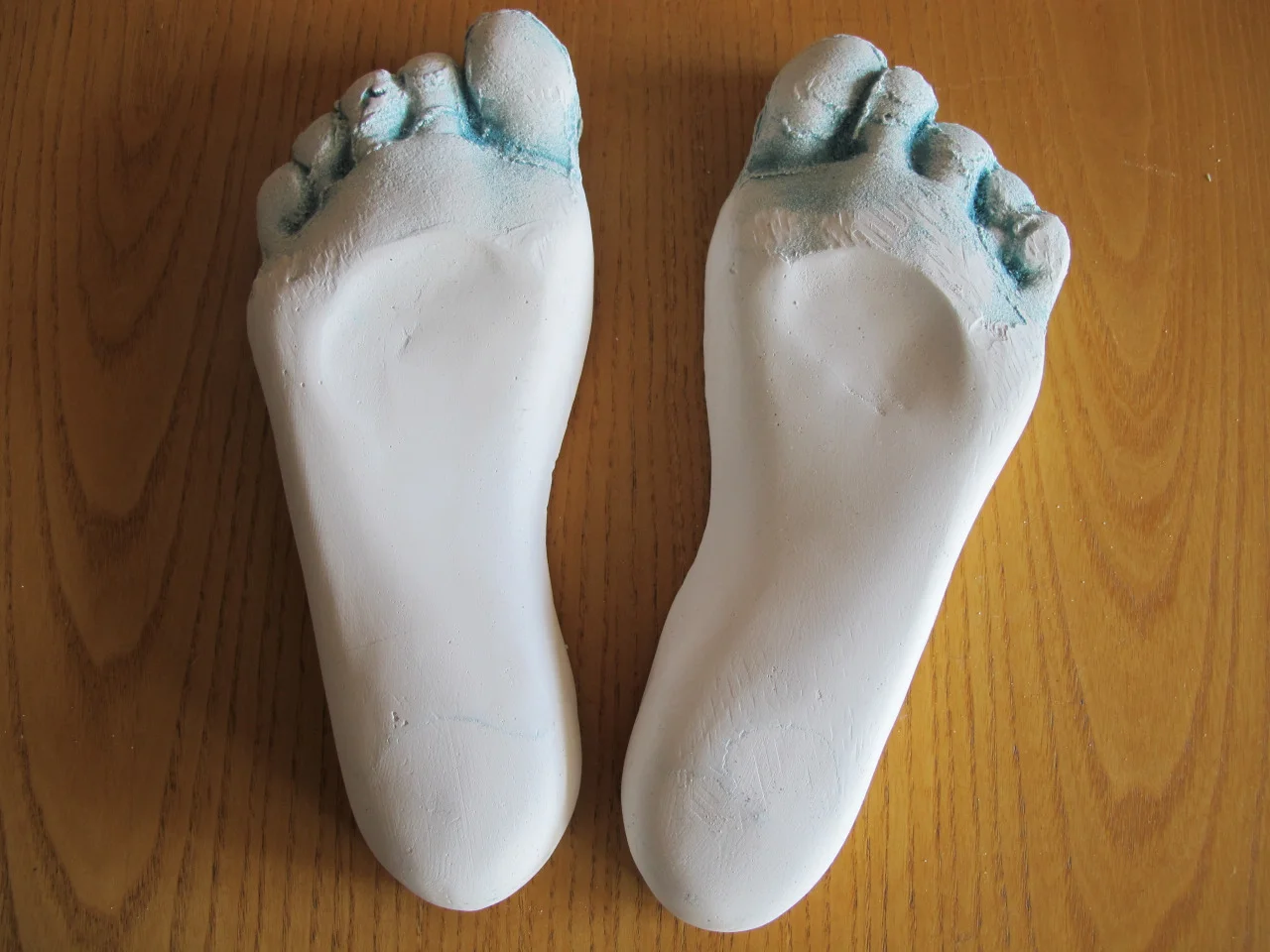Knee hyperextension and delayed heel rise in an interesting sport, Racewalking.
If you have been in practice long enough, you should know by now that in order to truly help an athlete you have to know their sport, the subtleties and the specifics. You have heard us talk about premature heel rise off an on for years. Today, you must consider the opposite, delayed heel rise and the bizarre loading responses that come into the kinetic chains from such a behavior.
Racewalking is a long-distance event requiring one foot to be in contact with the ground at all times. Stride length is thus reduced and so to achieve competitive speeds racewalkers must attain cadence rates comparable to those achieved by Olympic 800-meter runners for hours at a time. Most people cannot truly appreciate how fast these folks are going.
There are really only two rules that govern racewalking:
1-The first rules states that the athlete’s trailing foot’s toe cannot leave the ground until the heel of the leading foot has created contact.
2-The second rule specifies that the supporting leg must straighten, essentially meaning knee extension (and for some, terminal extension, ie. negative 5-10 degrees !) from the point of contact with the ground and remain straightened until the body passes directly over it. Again, essentially meaning full range knee extension for the entire stance phase of gait (early, mid and late midstance phases).
Delated heel rise ?
Clearly some folks are going to take knee extension a little more literally. Look at the fella in the red and yellow. Can you say knee HYPER extension ? This is right knee anteriormeniscofemoral impingement looming on the horizon, this is an anterior compression overload phenomenon via the quadriceps. This is often met in this sport with the delayed heel rise that the sport seems to often drive. Prolonging the foot ground contact phase, attempting to abide by Rule#2, “the support leg must straighten”, can lead to knee hyperextension if one is not careful. This will put a longer stretch load into the achilles and posterior compartment mechanism and this prolonged stretch-contract load can eventually lead to local pathology let alone in combination with the anterior knee compression we just eluded to. These folks will also be at risk for more anterior pelvic tilt, distraction of the anterior hip capsule-labral interval, unique hip extension and gluteal integration, and even possibly altered hip extension motor patterning driving abnormal loads into the hamstrings and low back. Just imagine the changes in the hip flexor strategies in this scenario.
To help your athletes, know their sport, know your normal biomechanics and know the pathologies when the rules of clean biomechanics are broken.
Today, on Rewind Friday, we will repost a more in-depth, with video, piece we did a few years ago on Race Walking. You may learn more about normal and abnormal gait than you think, today we translate some of the rules of the sport of race walking into deeper thoughts on gait mechanics.
Here is the link to our more in-depth video assessment and dialogue on the fascinating sport of race walking. If you have never truly looked at this sport before, you should enjoy this Rewind Post. (link).
- Dr. Shawn Allen


















